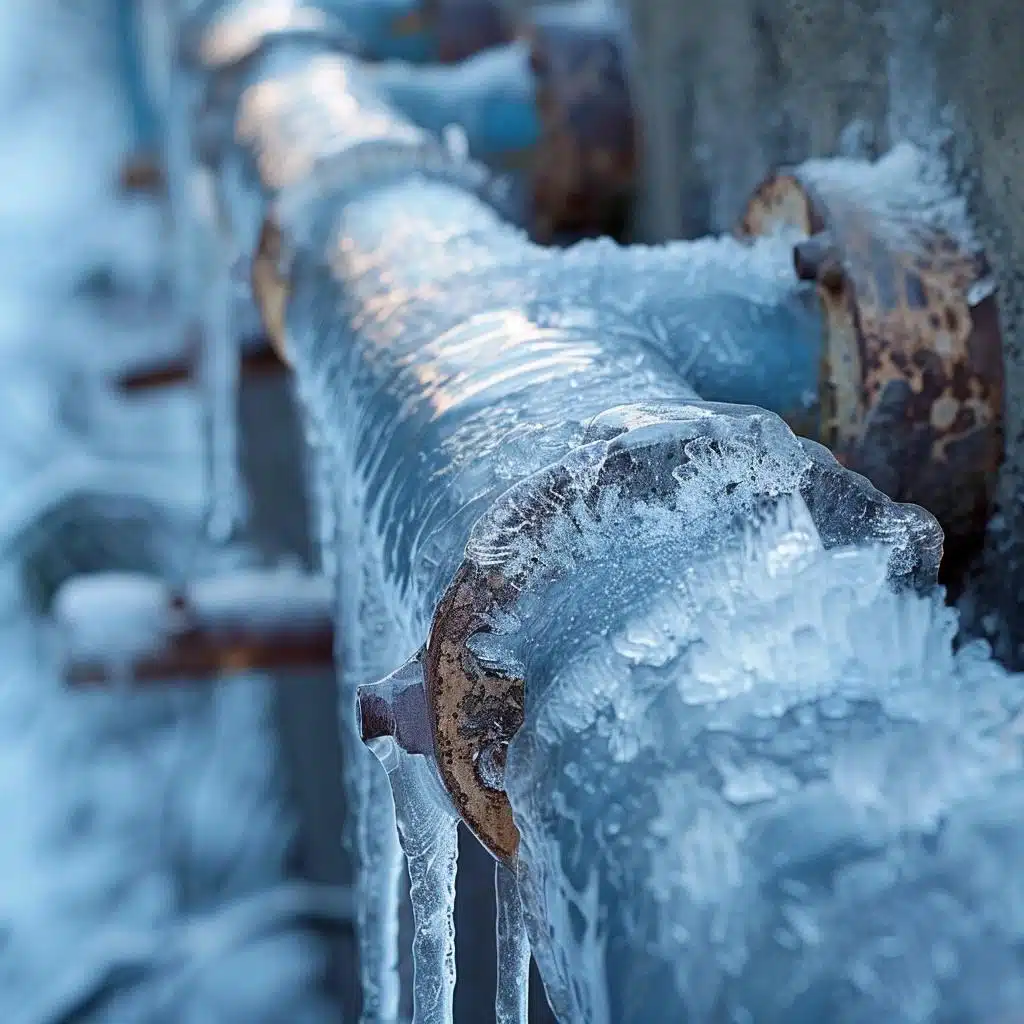Crucial Tips to Prevent Frozen Plumbing in Winter
Crucial Tips to Prevent Frozen Plumbing in Winter
Blog Article
Listed here in the next paragraphs you can find a lot of sensible help and advice pertaining to Prevent Frozen Pipes .

Cold weather can damage your plumbing, especially by freezing pipelines. Here's just how to prevent it from taking place and what to do if it does.
Introduction
As temperature levels drop, the threat of frozen pipelines boosts, potentially bring about expensive fixings and water damage. Comprehending just how to avoid frozen pipes is vital for homeowners in chilly climates.
Recognizing Frozen Pipelines
What triggers pipes to ice up?
Pipelines freeze when exposed to temperatures below 32 ° F (0 ° C) for expanded periods. As water inside the pipes freezes, it increases, taxing the pipeline walls and possibly creating them to break.
Dangers and problems
Icy pipes can lead to supply of water interruptions, residential property damage, and costly repairs. Burst pipelines can flooding homes and trigger extensive structural damage.
Indicators of Frozen Pipes
Identifying icy pipelines early can prevent them from rupturing.
Exactly how to determine icy pipelines
Try to find decreased water circulation from faucets, uncommon smells or noises from pipes, and visible frost on exposed pipes.
Prevention Tips
Protecting prone pipelines
Cover pipelines in insulation sleeves or make use of warm tape to secure them from freezing temperatures. Focus on pipes in unheated or exterior areas of the home.
Heating strategies
Maintain indoor areas adequately heated, particularly areas with plumbing. Open closet doors to permit warm air to circulate around pipelines under sinks.
Protecting Exterior Pipes
Yard pipes and outdoor faucets
Disconnect and drain garden hoses prior to winter. Mount frost-proof faucets or cover exterior taps with shielded caps.
What to Do If Your Pipes Freeze
Immediate activities to take
If you presume frozen pipelines, maintain faucets open to relieve stress as the ice melts. Use a hairdryer or towels taken in warm water to thaw pipelines gradually.
Long-Term Solutions
Structural changes
Think about rerouting pipelines away from exterior walls or unheated locations. Add additional insulation to attic rooms, cellars, and crawl spaces.
Upgrading insulation
Invest in premium insulation for pipelines, attics, and walls. Proper insulation helps maintain consistent temperature levels and reduces the threat of frozen pipes.
Final thought
Protecting against icy pipes calls for positive procedures and quick responses. By recognizing the reasons, indications, and preventive measures, home owners can protect their pipes during cold weather.
5 Ways to Prevent Frozen Pipes
Drain Outdoor Faucets and Disconnect Hoses
First, close the shut-off valve that controls the flow of water in the pipe to your outdoor faucet. Then, head outside to disconnect and drain your hose and open the outdoor faucet to allow the water to completely drain out of the line. Turn off the faucet when done. Finally, head back to the shut-off valve and drain the remaining water inside the pipe into a bucket or container. Additionally, if you have a home irrigation system, you should consider hiring an expert to clear the system of water each year.
Insulate Pipes
One of the best and most cost-effective methods for preventing frozen water pipes is to wrap your pipes with insulation. This is especially important for areas in your home that aren’t exposed to heat, such as an attic. We suggest using foam sleeves, which can typically be found at your local hardware store.
Keep Heat Running at 65
Your pipes are located inside your walls, and the temperature there is much colder than the rest of the house. To prevent your pipes from freezing, The Insurance Information Institute suggests that you keep your home heated to at least 65 degrees, even when traveling. You may want to invest in smart devices that can keep an eye on the temperature in your home while you’re away.
Leave Water Dripping
Moving water — even a small trickle — can prevent ice from forming inside your pipes. When freezing temps are imminent, start a drip of water from all faucets that serve exposed pipes. Leaving a few faucets running will also help relieve pressure inside the pipes and help prevent a rupture if the water inside freezes.
Open Cupboard Doors
Warm your kitchen and bathroom pipes by opening cupboards and vanities. You should also leave your interior doors ajar to help warm air circulate evenly throughout your home.

I have been very enthusiastic about How to Prevent Your Pipes From Freezing and I'm hoping you enjoyed reading the entire blog posting. Sharing is caring. Helping people is fun. We cherish your readership.
Contact Us Now Report this page